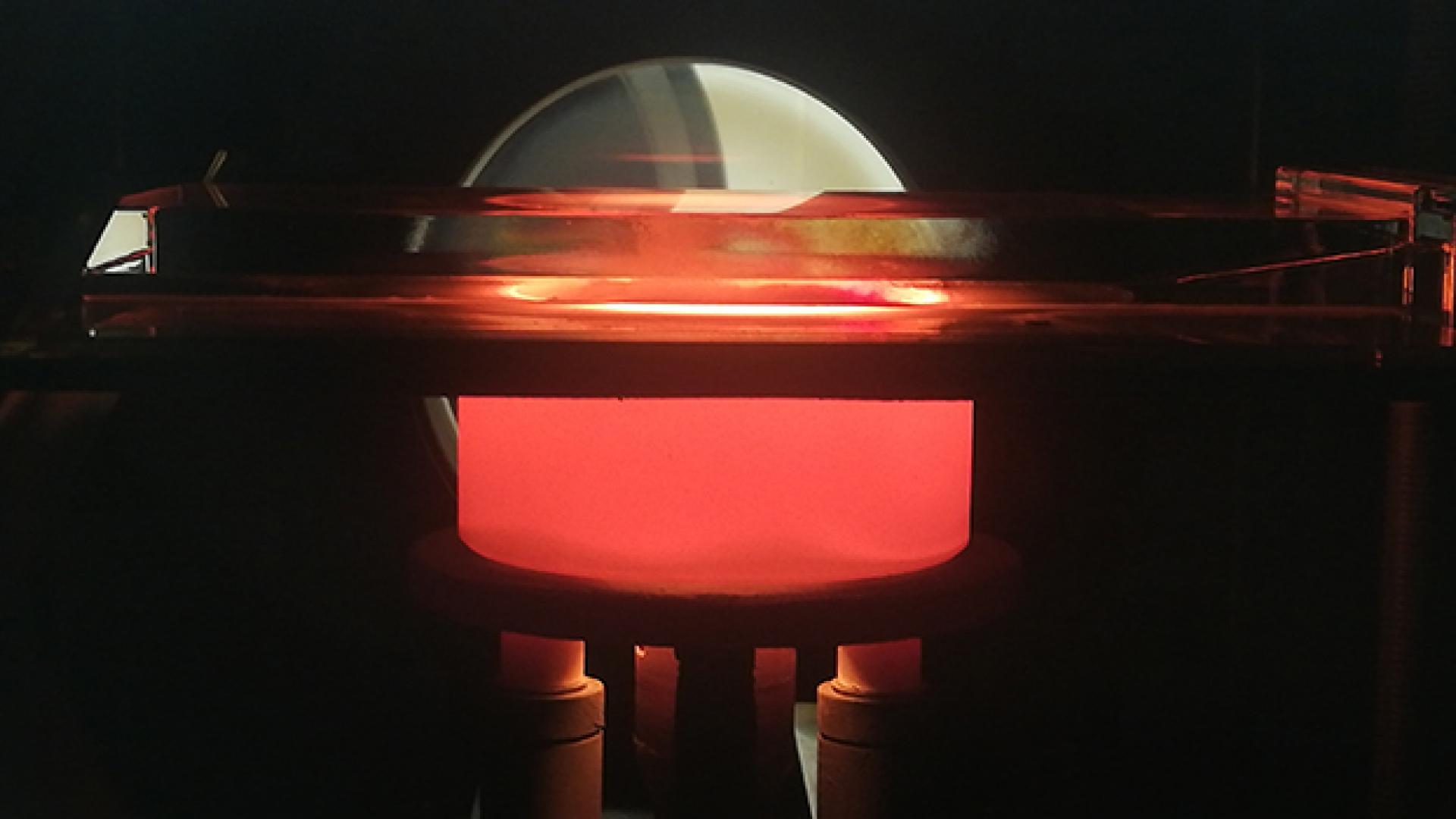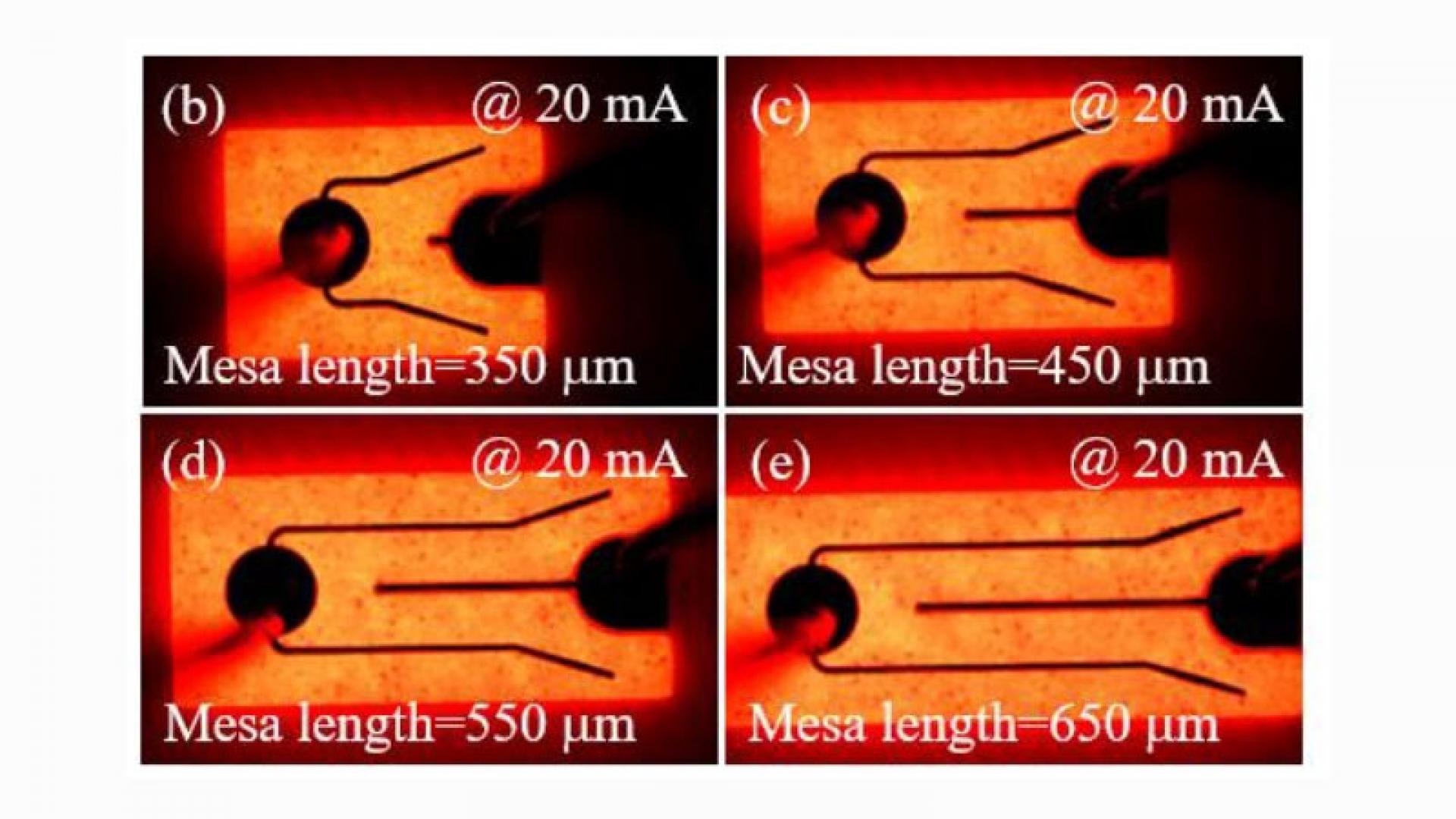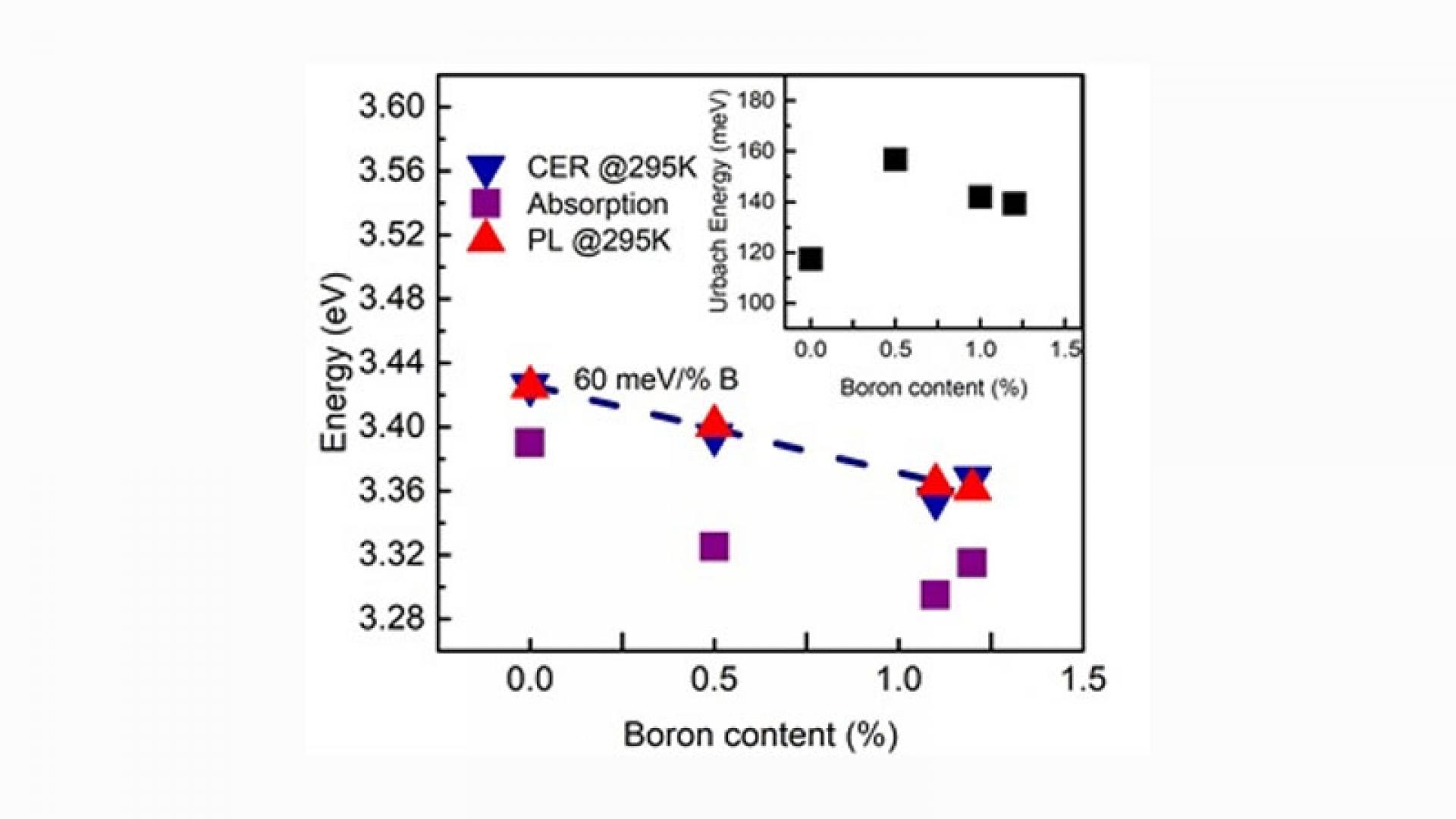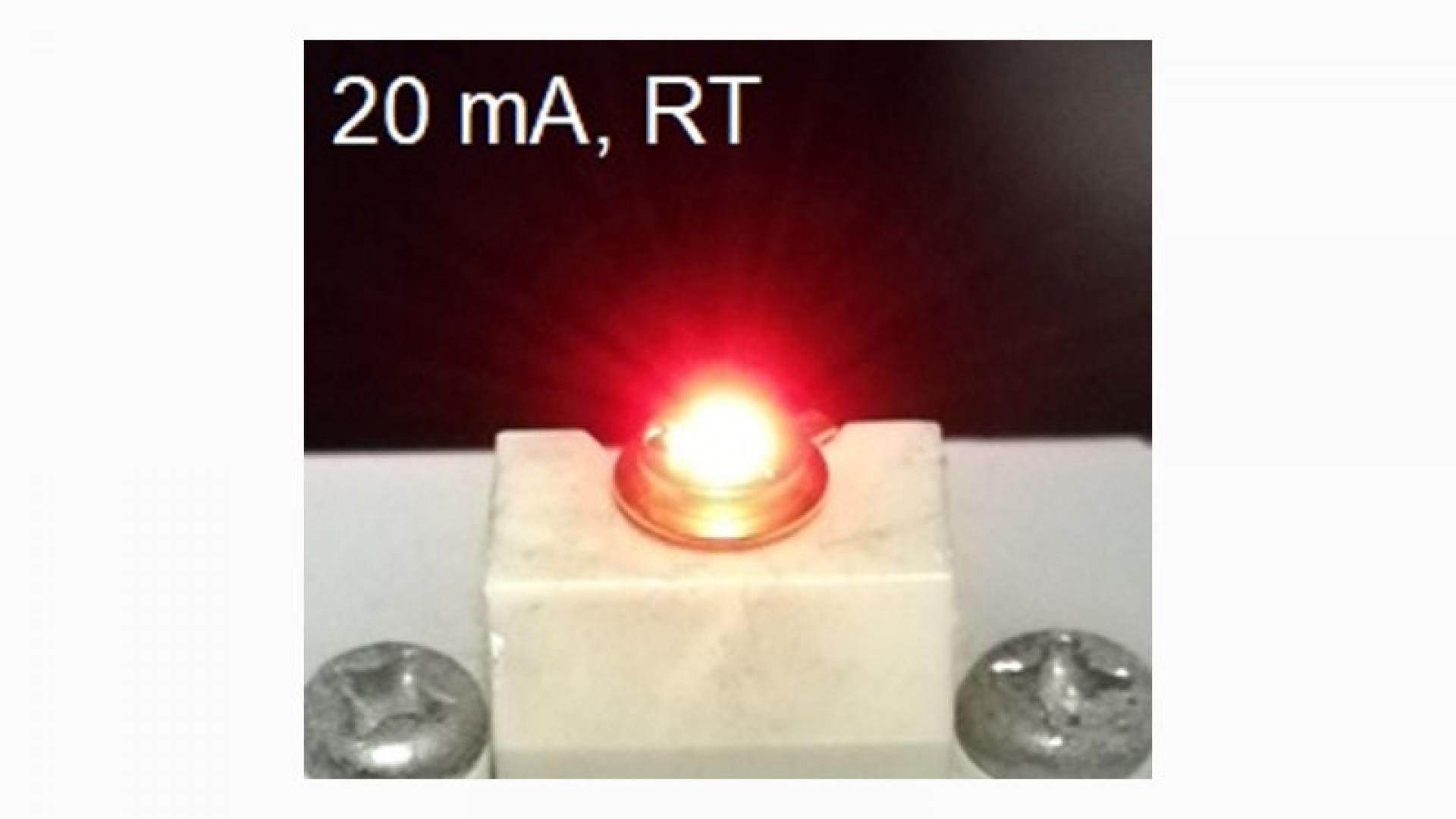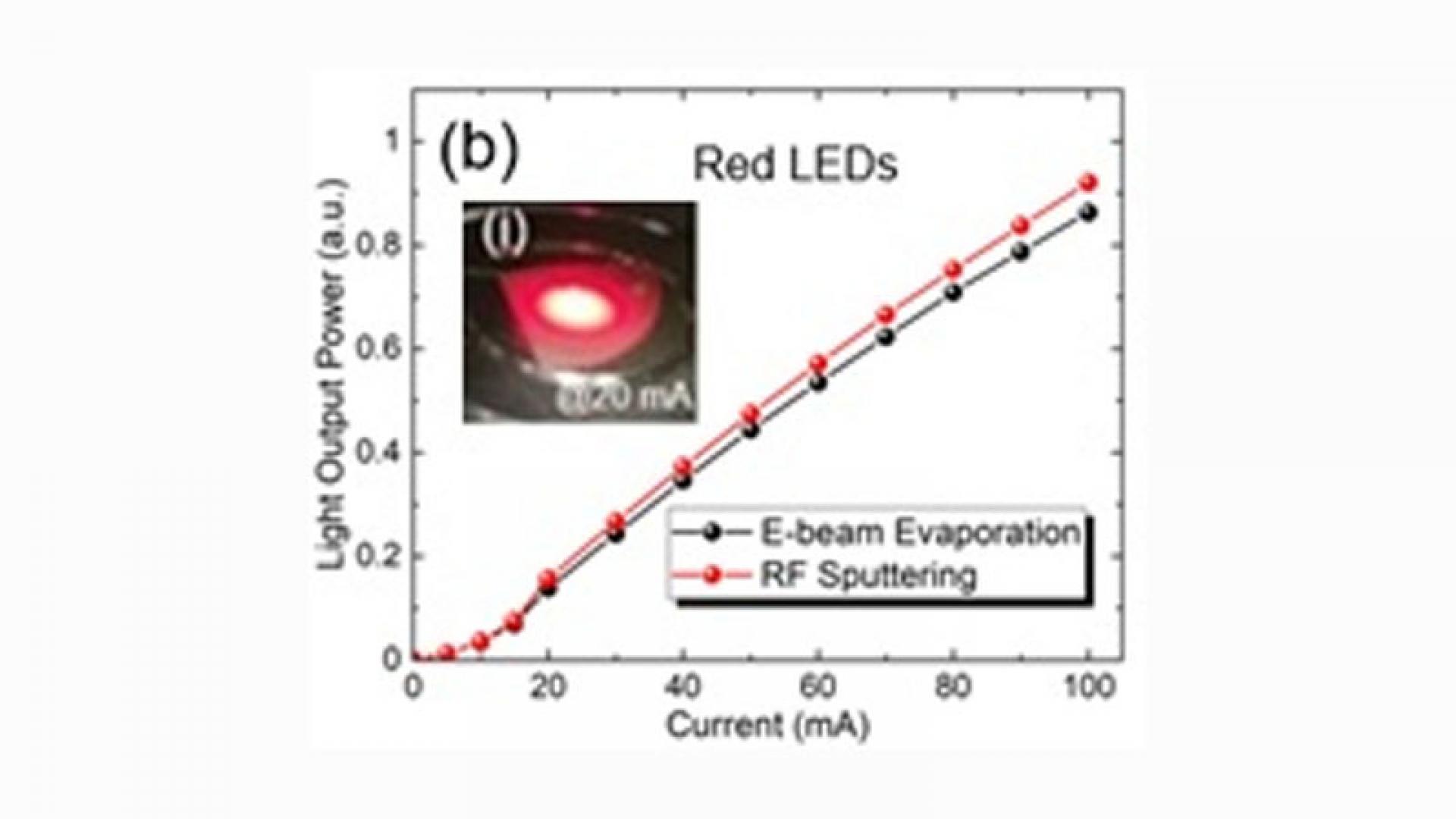LEDinside is widely read by engineers in the fields of LEDs and LDs. The article focused on our research results about very stable red-light InGaN LEDs at high temperatures. The output power is more stable than that of AlInGaP red LEDs.
https://www.ledinside.com/news/2020/7/red_microled_kaust
The paper entitled "Photoelectrochemical and Crystalline Properties of a GaN Photoelectrode Loaded with α-Fe2O3 as Cocatalyst" reports the investigation of the heterostructure with α-Fe2O3/GaN characterized by TEM observations. The analytical observation of TEM is significantly important to develop the new material and its relative devices.
ECO Devices Lab has succeeded in the novel red LEDs by our original MOCVD at KAUST for the first time. The article entitled “Pure red LEDs fulfill a primary goal” features the pure red LEDs with highly efficient and low-operating voltage made from nitride semiconductors.
LEDinside is announced our current research topics about pure red InGaN-LEDs. Our achievement is believed to support more efficient process of full-color Micro LED display development.
https://www.ledinside.com/news/2020/5/kaust_red_led
ECO Devices Lab has succeeded in making the novel red LEDs by MOCVD at KAUST. The article entitled “Pure red LEDs fulfill a primary goal” features the pure red LEDs with highly efficient and low-operating voltage made from nitride semiconductors.
ECO Devices Lab has been successful in making pure red LEDs by MOCVD for the first time. The article entitled “Researchers Make High-Intensity, Low-Voltage Red LEDs from Nitride Crystals” announces the pure red LEDs with highly efficient and low-operating voltage made from nitride semiconductors.
Compound Semiconductor is a general journal of the United Kingdom and is widely read by engineers in the fields of optoelectronics and electronic devices. The article focused on our research results about over 630-nm red LEDs. The output power, low operating voltage, high stability temperature are the important milestones in this field.
Compound Semiconductor is a general journal of the United Kingdom and is widely read by engineers in the fields of optoelectronics and electronic devices. The journal focused on our research result about 665-nm LEDs since the emission peak wavelength and the low voltage are the important milestones in this field.
The paper entitled "Effects of size on the electrical and optical properties of InGaN-based red light-emitting diodes" reports the investigation of the effect of red LED chip size. It confirmed the specific feature of larger or smaller chip sizes.
The paper entitled "Boron influence on band-gap and photoluminescence in BGaN grown on AlN" reports the investigation of the born influence on the bandgap in GaN measured by contactless electroreflectance (CER) spectroscopy.
This work is an international collaboration with Prof. Hommel group in Poland.
Abstract
Energy is an indispensable part of our lives. Many scientists and engineers in the world are trying to develop many and different types of devices for energy saving and clean energy generation. Semiconductor technologies can contribute to developing those energy-saving & -generation devices.
The paper entitled "633-nm InGaN-based red LEDs grown on thick underlying GaN layers with reduced in-plane residual stress" reports the reduction of the in-plane compressive stress in the underlying GaN layers was shown to be crucial for enhancing the light-output power of InGaN-based red LEDs on conventional sapphire substrates. Appl. Phys. Lett. 116, 162101 (2020).
The paper entitled "Optimal ITO transparent conductive layers for InGaN-based amber/red light-emitting diodes" reports the optimal double ITO layers on InGaN-based amber and red LEDs enhanced light output power by 15.6% and 13.0%, respectively, compared to those using ITO layers by e-beam evaporation.






